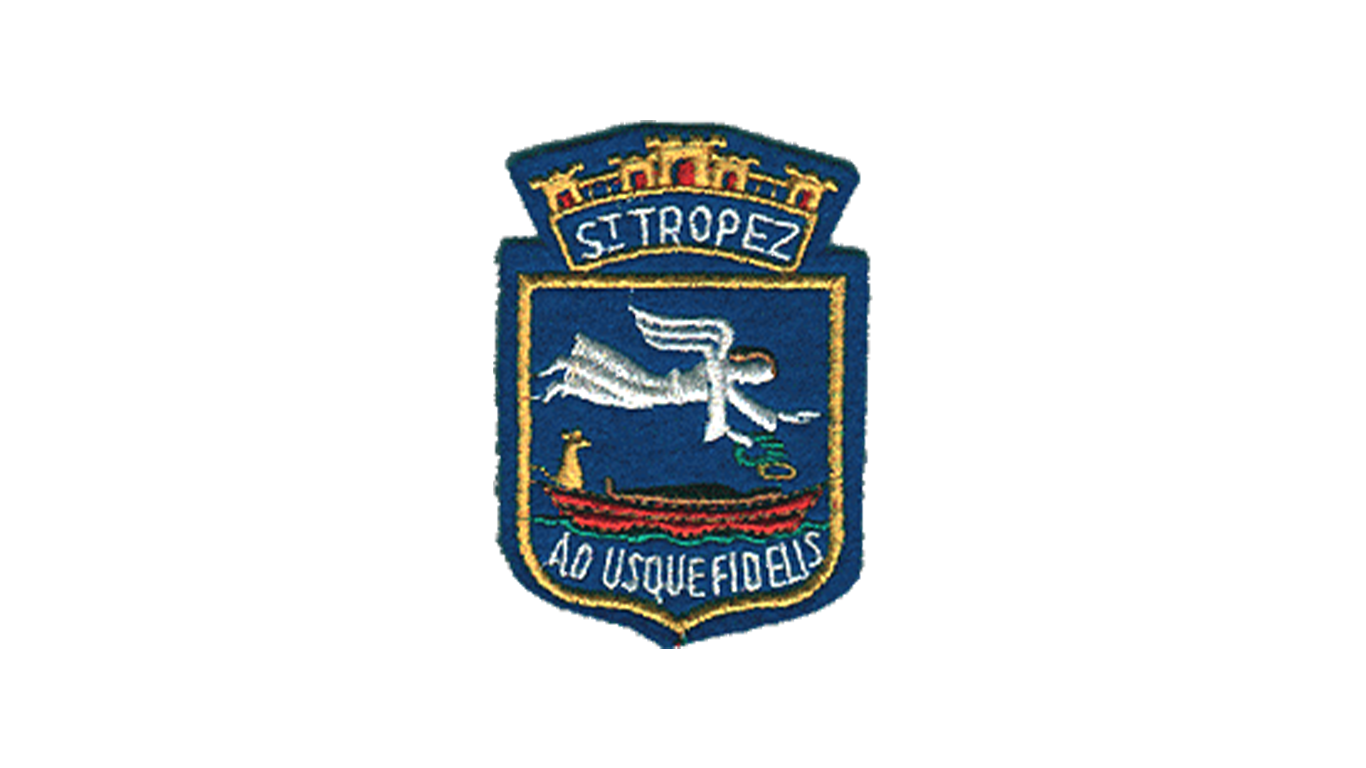ORIGINAL PROTAGONIST OF A VILLAGE WITH A MILLENNIAL HISTORY.
Pisa, 1st century AD. This is where the first letters of history and tradition of one of the most legendary villages in France were written. Then ruled by Nero, the Roman Empire and Tuscany saw the birth in 37 of the man who would give his name to Saint Tropez, as well as its origin myth.
Gaius Torpetius, then an imperial guard and palace steward, leads a highly respectable life and quickly rises to the top of the military ladder. Esteemed by all and close to power, his life is about to take a dramatic turn in a Roman Empire experiencing an age of darkness and persecution under the aegis of Nero.

“AD USQUE FIDELIS”, FAITHFUL TO THE END.
Because of his position, “Knight Torpez” would one day be called upon to protect Paul, the Holy Apostle. A decisive encounter that would forever shake his faith and initiate his conversion to Christianity, then reviled by the Empire. It was in 68 that his deception regarding the religion imposed by Nero would be discovered; Pisa then celebrated Diana, goddess of the hunt and procreation. Before a new statue erected in her image, the audience knelt. All except one. Torpez, faithful to his nascent faith, did not abdicate and remained standing, provoking Nero's fury. The latter then gave him the following injunction: the next day, Torpez would have to kneel before the goddess, or die. Faced with the inevitability of his fate, he decided to perish, strong in the faith that animated him, and would be baptized during the night.
Back in Pisa in the morning, with his position unchanged towards Nero's order, Torpez was then condemned to a series of tortures that would elevate him to the rank of Saint, for the miracles they had brought about. First thrown into a lion's den, the lions bowed before him as if out of respect. The crowd erupted at the sight of this unprecedented episode. Determined to put an end to it, Nero summoned Satellicius, Torpez's friend, so that the latter could scourge him to death. Here again the impossible happened; the column to which Torpez was hanging collapsed, taking with it the Knight's executioner. The irrational situation, which unleashed the audience that had rushed to witness the torture, forced Nero to evacuate Torpez from the city and seal his fate once and for all.

April 29, year 68, Arno River. It was here that Torpez was beheaded and delivered to a fate reserved until then for the highest degrees of treason; his body was placed in a boat, accompanied by a rooster and a dog - symbols of parricides - supposed to devour the remains. However, Andronicus, a close friend of Torpez, managed to recover his head and place it safely in Pisa, where it is still rented in a church in the city today. Legend has it that the boat, carried by the waves, was guided to the village then called Heraclea and that one of its inhabitants was warned of this in a dream. The rooster then fled, a blade of linen in its beak, to a town that would later be named Cogolin “Coq au Lin”, and the dog Grimaud, for “old dog”. The remains of the Knight Torpez were found intact and gave their name and legend to Saint Tropez, replacing Heraclea, and which saw a church built to protect them.
To this day, every year the Bravade celebrates this Patron Saint, the local tradition and history, as well as its motto: Ad Usque Fidelis, Faithful to the end.


